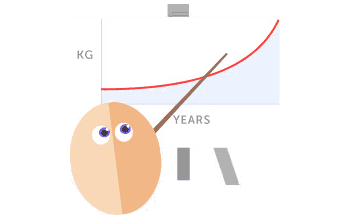This is interesting (particularly for "Overweight" category males):
From the progress tracker forum stats...
4:3 VERSUS 5:2 Median loss Values lbs/week (Males)
males 4:3 overweight = 2.21
males 5:2 overweight = 1.45
4:3 Advantage = 0.76 lbs/week
males 4:3 obese = 1.87
males 5:2 obese = 1.56
4:3 Advantage = o.31 lbs/week
Conclusion:
There appears a significant advantage in 4:3 for males that are in the overweight category, but less so if obese. The advantage of nearly 50% further weekly loss appears directly proportional to the additional fast-day in the overweight category.
From the progress tracker forum stats...
4:3 VERSUS 5:2 Median loss Values lbs/week (Males)
males 4:3 overweight = 2.21
males 5:2 overweight = 1.45
4:3 Advantage = 0.76 lbs/week
males 4:3 obese = 1.87
males 5:2 obese = 1.56
4:3 Advantage = o.31 lbs/week
Conclusion:
There appears a significant advantage in 4:3 for males that are in the overweight category, but less so if obese. The advantage of nearly 50% further weekly loss appears directly proportional to the additional fast-day in the overweight category.

 Particularly as we are all here as a result of Dr Ms n=1. I agree it will be interesting to see how it develops.
Particularly as we are all here as a result of Dr Ms n=1. I agree it will be interesting to see how it develops.
 - now
- now 




